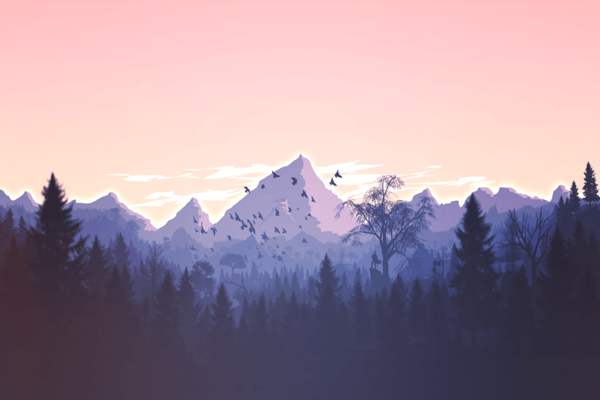My interest in Indigenous ways of being goes back to my undergraduate years when I was a foreign student at the University of Ottawa, more than three decades ago. I still remember the day when I saw and heard for the first time in my life an Aboriginal Chief. (This is the nomenclature that was used at that time.) He was too young to be chief, I thought to myself… After a mid-day class around noon, I was crossing the “Agora”, the university center, on my way home for lunch when I noticed a small group of students around a young man in front of a tipi. Curious and fascinated, I decided to skip lunch and join the gathering.
It was during an the Aboriginal Awareness Week that the University had organized. I was very new to Canada, and the only “awareness” about anything Aboriginal came from a children book I had read when I was eleven. It was about the “Eskimos”.
The young Chief in the Agora spoke softly with a tinge of sadness in his eyes, as if he was witnessing a loss of some sort. The impact of his words has been indelible. “Throw away the books!” he urged his audience. Throw away the books and talk to one another. “To us, learning comes through conversations.” “We, Aboriginals, treat Mother Earth gently. When we fish, we only take what we need. When we build our homes, we only dig as deep as we have to, no more. And when we hunt, we use every part of the animal, we waste nothing. To us, everything has a spirit: rivers, trees, mountains, we respect the spirits.”
For the next three decades, I used every opportunity I had to learn more about Aboriginal ways of being. I attended lectures, went to Powwows and Aboriginal art shows, and over the past fifteen years, I sought and had conversations with Indigenous Elders whenever that was available. During all of those years, and particularly the earlier ones, very few people in my surrounding shared my interest. When indifference was not present, negative stereotypes and disengagement prevailed. Looking from the outside in, and with limited background information, I saw two totally separate worlds, two worlds based on fundamentally different values and belief systems. The Western way and “Indian” way (as some people said) moved like two parallels, not even on the same plane.
Bridging this space through education, training and other measures, was one of the ninety four calls to action that the Truth and Reconciliation Commission articulated in 2015 to advance reconciliation in Canadian society. Specific recommendations were made to help the Canadian public, public servants, heads of some academic institutions and other officials, to learn about Indigenous culture, including spiritual beliefs and other important aspects of Indigenous history and traditions.
My learning journey about Indigenous culture had started much earlier. That first encounter with the young chief connected me with my natural inclination to treat all beings with consideration and care; which my later work experience continued to develop and strengthen. Long before we talked about sustainability and sustainable development, I learned from the young chief that if we truly cared about future generations, we would not deplete fish stocks in the oceans. And if we cared about the trees and the animals in the forests we would protect their habitats. And if we cared about the resources of the land we would use them with respect and restraint.
I have also been realizing that, by virtue of our self-appointed superiority over all other forms of life, we have done a lot of damage onto the only home we have. To satisfy our desires for more and faster in every sphere of our lives, we have deformed the face of the earth. I once shared with an Indigenous Elder that we should move from the dominion mindset to the stewardship model, in defining our relationships with the Planet. “We’re neither the masters nor the stewards”, he said. We are PART of the whole, a part of the eco-systems, no less no more. Still, I believe that we, humans, have shown an unprecedented and matchless power to eliminate much life forms on this Planet in our recent history. We’re neither the masters nor the stewards but we have been using our power in many ways that are neither sustainable nor regenerative.
At a time of species loss and global warming unprecedented in our history, reconciliation is needed now more than ever. Reconciliation is fundamentally about going deep inside ourselves to reconnect with the Indigenous in all of us. It is about reconciling with the Planet, its oceans, forests, and mountains. It is about reconciling with the polar bear, blue whale, caribou, wood turtle, and bumblebees. Reconciliation is about appreciating the trees and green spaces whose contribution to our health and economy we take for granted.
Learning about history is important, lest we forget. Reconciliation is also about seeing more clearly the connections we have with all other forms of life, and the short and long term impacts of our action. Ultimately, reconciliation is about reconnecting with the gentle ways, the ways of the young chief whose sad eyes were probably already foreseeing what was about to unfold. Learning about history, learning from our mistakes could help. More important is to look at the horizon and to truly open up to different values and different ways of being.
“ …Indigenous worldview, which has always sought this balance between nature, culture and technology, is the path that humanity must rediscover and adopt for our future. The teachings of the Elder are not the teachings of the past. They are the teachings of the future.” Douglas Cardinal

